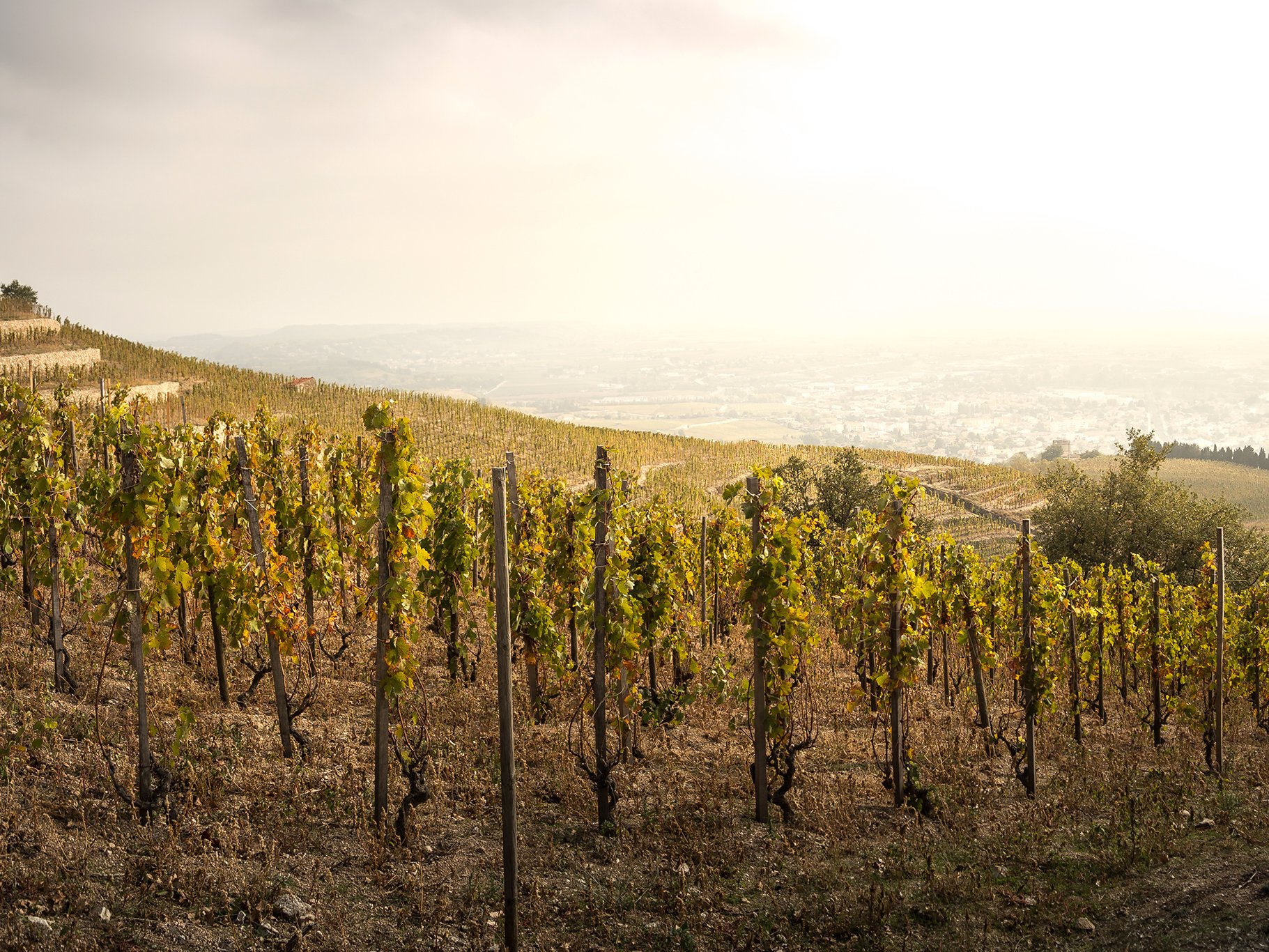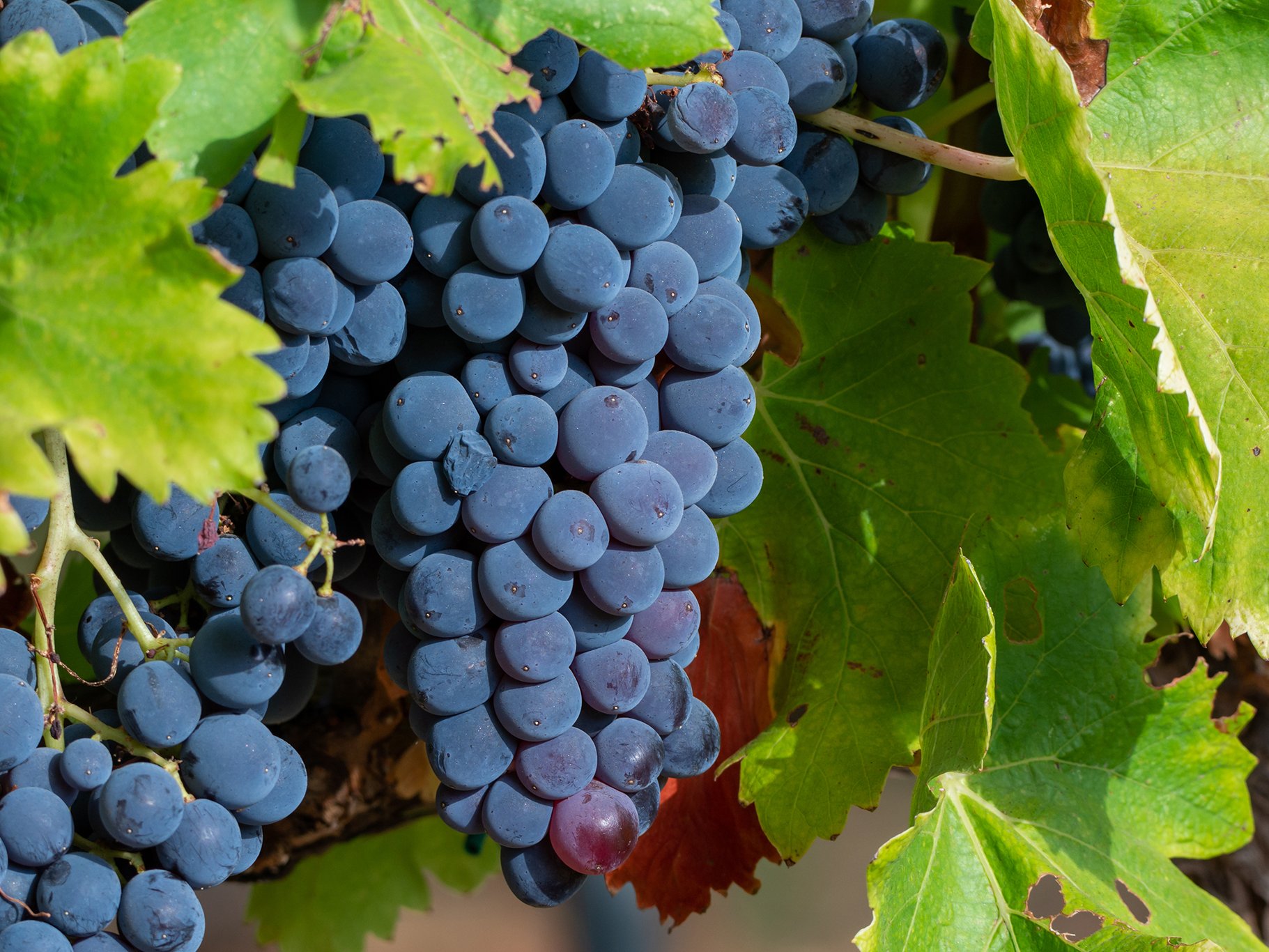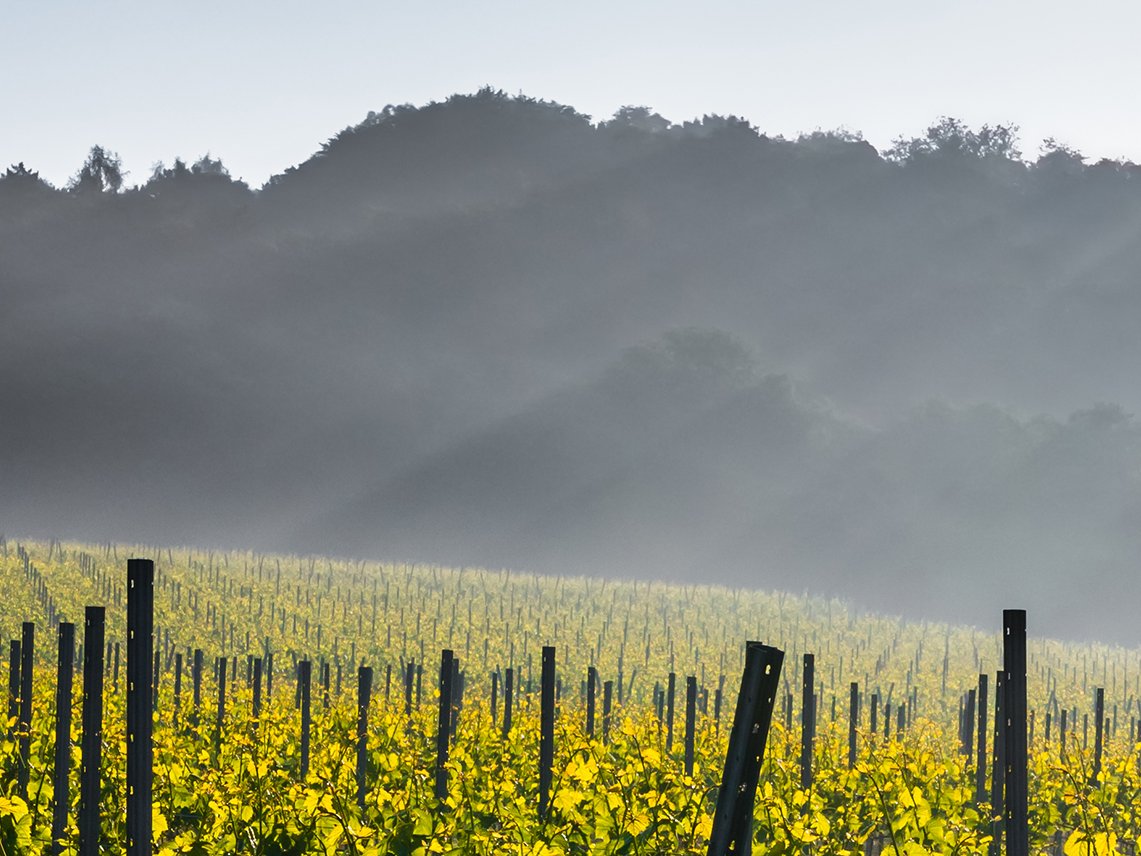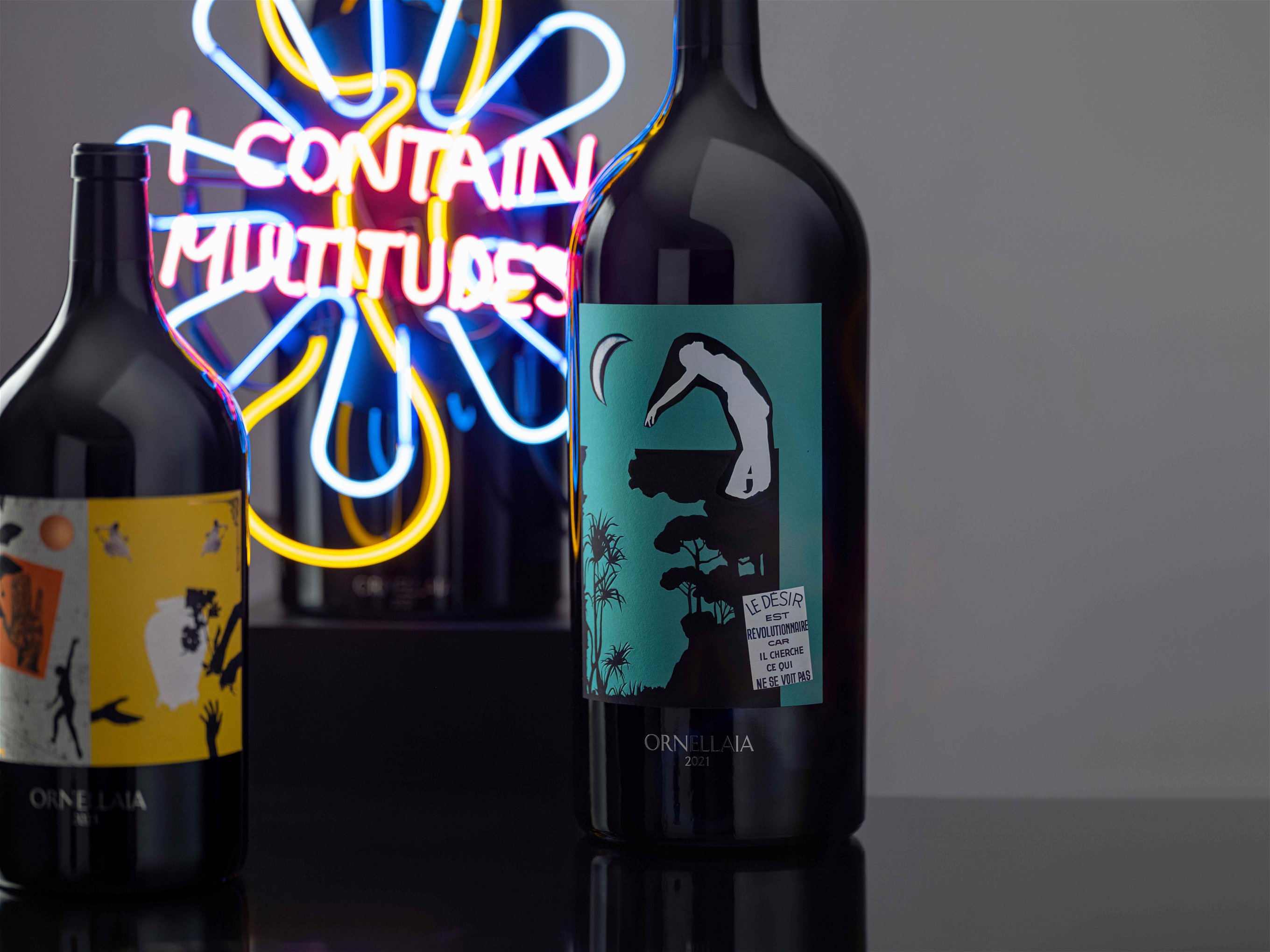Syrah in focus, part 3: new world, new homelands
The last chapter in our Syrah story: The Americas, New Zealand and Australia.
The term “new world” when applied to the wine-making countries of the globe is a misnomer. European vines and wine-making techniques arrived in the Americas with Columbus in the fifteenth century and in Australia in the eighteenth – hardly new. But the phrase lingers on and does at least differentiate the traditional homelands of Vitis Vinifera, the classic wine-producing vine, from the areas to which it travelled with the thirsty adventurers of the Age of Discovery. It’s from the soils of these lands that we will scratch out the last chapter in our Syrah story: from the vineyards of the Americas, New Zealand and, finally, Australia where the grape founded an innovative style now known world-wide as Shiraz.
The Americas: 46° N to 34°S
North American Syrah has historically had nowhere near the following of red Bordeaux blends, nor has it benefited from Pinot Noir’s media-led boom occasioned by the 2004 film “Sideways.” But California, responsible for so much US wine, has a significant Syrah presence today (where it’s the fifth most widely planted black variety). Warmer areas like Lodi and the Sierra Foothills produce intense, ripe wines; more structured and aloof Syrahs hail from the cool coastal regions like Santa Barbara County to the south and Sonoma in the north. Even Napa tries its hand – for example, with Hyde de Villaine's old-world-style Californio Syrah. The winery’s name offers a clue: the Hydes are locals, but the de Villaines are from Burgundy.
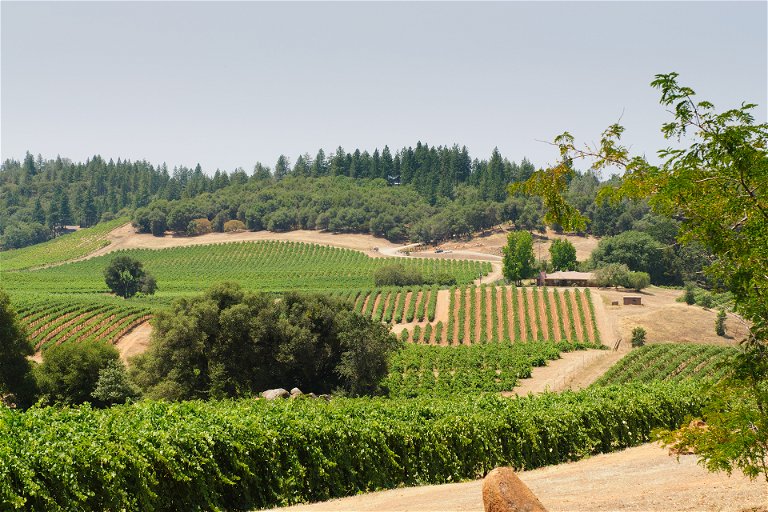
The grape has also found a home in Oregon. Although associated with the warmer Southern Oregon AVA, Syrah thrives in the Walla Walla Valley that straddles the Washington border to the north. It’s here that the biodynamic Cayuse Winery makes their Bionic Frog Syrah, one of only two wines to receive maximum points in our 2022 tasting. Frenchman Christophe Baron, owner and vigneron, also creates masterful Syrah from his nearby Hors Catégorie Vineyard, a steep site he says reminds him of the Hill of Hermitage.
Syrah is also the fifth most planted black grape in both major wine-producing countries of South America (and with devastating fires in Chile and 2023 likely to be one of Argentina’s worst harvests in years, now is the time to support their winemakers). Argentina’s Mendoza and San Juan regions nestle in the Andean foothills. Lower elevations produce rich and sometimes prodigiously oaked wines – eminently drinkable but apt to lack acidity and finesse. The heights of Luján de Cuyo and the Uco Valley offer more refinement. Here, the vines scrabble for nutrients resulting in more complexity. Finca Las Moras makes a heady Gran Syrah from parcels in San Juan as well as a Syrah/Cabernet blend. Catena Zapata also has a few high-altitude Syrahs in their collection, including the brooding DV Catena Syrah.
In Chile, the vineyards of the low-latitude, high-altitude Elqui Valley produce structured wines bursting with fruit. Viñedos de Alcohuaz’s Tococo has a savoury, almost meaty, quality. Their multi-faceted Rhu cuvée is also majority Syrah, with old friends Garnacha and Cariñena. Further south, valleys syphon sea breezes inland to create ample ripeness with acidic and aromatic lift. The San Antonino Valley, Leyda sub-area and Colchagua Valley are names to look out for (Syrah specialist Polkura is based in the latter). Erazuriz’s Syrahs from the Aconcagua Valley reach to dizzy heights (taste- and topography-wise) with La Cumbre Syrah blending in a hint of Viognier to echo tradition.
Due west to New Zealand
Syrah is the third most planted black variety in New Zealand, although it’s easily outpaced by Pinot Noir. One area in particular is renowned for Syrah: Hawkes Bay. Its largely maritime climate favours Cabernet Sauvignon and Merlot, but inland lies the sunny sub-region of Gimblett Gravels where Syrah is increasingly the grape of choice. The family-owned Craggy Ridge winery makes Le Sol Syrah (97 Falstaff points) that shows definite northern-Rhone leanings with a lifted palate of violets underpinned by savoury elegance. Quality Syrahs are also made in Waiheke Island. Man O’ War’s Toto Syrah is nicely structured and their Dreadnought Syrah (as the name suggests) has huge presence with intense dark fruit and liquorice.
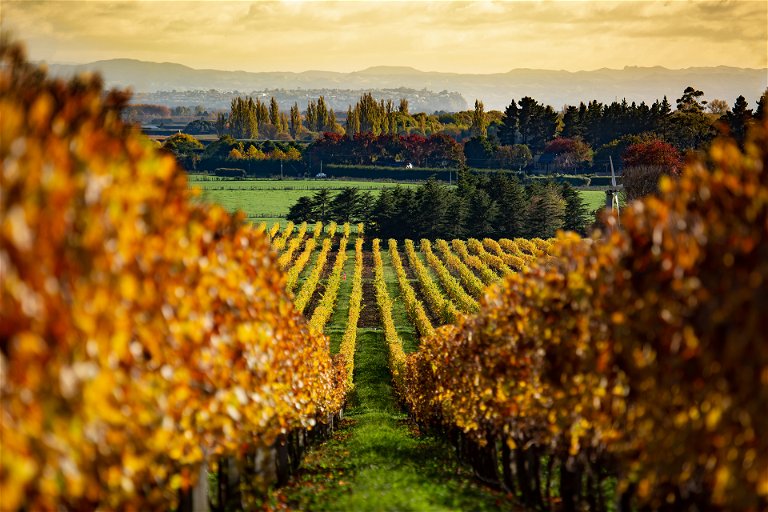
Australia: a new homeland down under
Shiraz is Australia’s most planted grape variety of either colour. Second only to France in terms of sheer acreage, Australia is home to some of the oldest Shiraz vines dating back to before phylloxera decimated European stock. Grown in almost every wine-producing area, Shiraz is found in single varietal wines and in Cabernet Sauvignon and GSM blends (the “M” standing for Mataro, Mourvèdre’s common name here). More surprising is the penchant for co-fermenting Shiraz with Viognier, a technique originating in the wilds of the northern Rhone. Viognier has, however, become increasingly popular in Australia since the 1980s so it was perhaps inevitable. Oak continues to be a feature of many an Aussie Shiraz, but winemakers don’t always favour the new American barrels that give a characteristic vanilla hit to the wine and traditional Shiraz styles are increasingly being adapted to modern sensibilities.
South Australia
The Barossa Zone, north-east of Adelaide, is the most famous of the Shiraz-producing areas. Here, old vines, dry-farmed (without irrigation), produce concentrated wines with present but soft tannins and spicy aromatic intensity. The zone is divided into the Barossa Valley, now synonymous with Shiraz, and the higher Eden Valley which, although famous for its elegant Rieslings, is also home to some extraordinary Shiraz. Penfolds draws grapes from around the wider area to produce an exceptional range. Premium bottlings like their Magill Estate Shiraz and of course their super-premium Penfold’s Grange have a mythology all their own (the latter has scored 100 or near in multiple Falstaff tastings). Their widely available ranges like Max’s and Koonunga Hill feature lovely, fruit-driven wines, both single varietal and Cabernet blends.
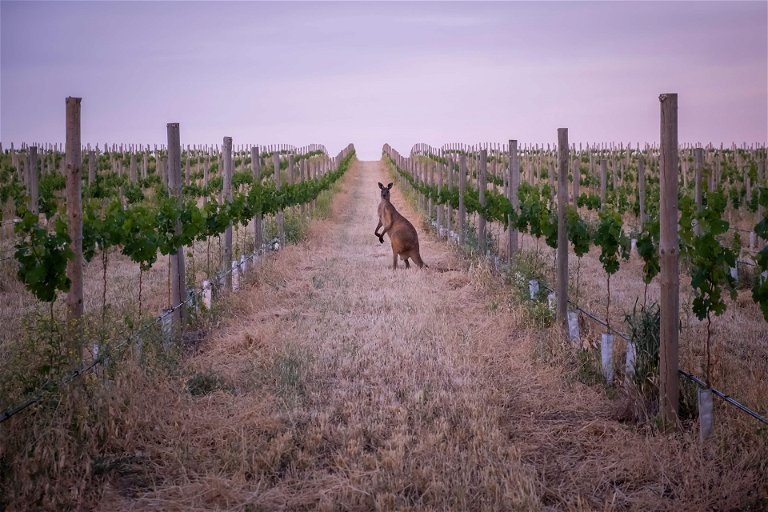
Eden Valley is home to another legendary wine, Henschke’s Hill of Grace (the 2010 scored 100 Falstaff points). Whilst you’re saving up for a bottle, sit back and enjoy a glass of one of their more accessible Shiraz cuvées, The Wheelwright or Tappa Pass. My favourite is the Henry's Seven, a GSM + Viognier blend that’s a whole spice rack of cinnamon, nutmeg and white pepper carried on a massive floral bouquet.
South of Adelaide lies McLaren Vale where Shiraz accounts for nearly 50% of the output. Adelaide vigneron Geoff Merril makes a range of cuvées, from the intense Henley to single vineyard Pimpala. Barossa-based Two Hands Winery, somewhat Shiraz specialists, sources grapes from here for one of their delightful Garden Series specifically designed to showcase great Aussie Shiraz. Lily’s Garden is the McLaren Vale cuvée. Like a lot of these wines it can push the alcohol envelope, but its deeply fruited depths are freshened with some welcome mint.
Victoria
The Yarra Valley is one of Victoria’s oldest wine-growing areas. North-east of Melbourne, it offers some of the country's coolest microclimates. Innocent Bystander makes a small but perfectly formed range of Syrahs here: French-oak matured, vegan wines with minimal fining and filtering. Note the Syrah name – their Mea Culpa recently won a gold medal at the International Cool Climate Wine Show in Mornington Peninsula.
When you’ve finished at their cellar door you can head over the road to Giant Steps for a refreshing Syrah, Carignan, Grenache blend – a mix of grapes you will recall from the southern Rhône. De Bortolli wines, the family estate that recently teamed up with local-turned-legend Kylie Minogue, also produces Shiraz here. One wonders how long it will be before we see a Kylie Shiraz on the shelves.
New South Wales
Further north, the Hunter Valley hosts the country’s oldest commercially active vineyards. It’s no surprise to find the two quintessential Aussie grape varieties, Chardonnay and Shiraz, comfortably established. It’s hot and steamy but cloud and some sea breeze, plus early picking, allows Shiraz to thrive. The wines are, by and large, imposing creatures – gamey and intense, especially with age. They can struggle to achieve freshness and drive, but quality producers keep things in check and produce some surprisingly elegant propositions.
Brokenwood makes a rage of delicious Shiraz cuvées, from their relatively straightforward Hunter Valley Shiraz to individual vineyard wines. Their limited edition, top-level HBA Shiraz is a mix of Hunter and McLaren Vale fruit. Tyrell’s Vat 8 blends Hunter Shiraz with Cabernet Sauvignon for another dimension. The 2019 vintage scored 94 points in our tasting; their Vat 9 100% Shiraz scoring nearly as highly.


